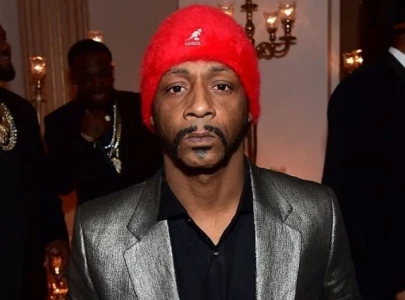
“The student movement generated from here too and unless the people became united and demanded things, we would not get results,” he said. “All we would we be doing is lighting candles at vigils at the press club, as we do nowadays,” he added while delivering a lecture on the 1946 Naval Mutiny and the role of Karachi at the Urban Resource Centre on Wednesday evening. The lecture was part of the Perween Rehman Lecture Series on resistance to injustices.
Homecoming: Quaid’s 1946 speech recovered from BBC vault
Khwaja pointed out that the 1946 mutiny was significant for two reasons, the first being that it was the last, large scale uprising in British Empire that did not occur on the basis of religion. “It was after this that we saw Hindu-Muslim and Muslim-Sikh conflicts,” he explained. The second reason for its significance, Khwaja said was that it was the first time in the 90 years since the 1857 war of independence the army and civilian forces fought each other.
“Between 1946 and 1947 there were five navy establishments in Karachi whose non-official cadre was Bengali,” he said, adding that they were All India Students Federation members and were therefore influenced by the Communist Party.
According to Khwaja, in 1945 the Navy sepoys made a symbol of the freedom movement in a dargah during a cultural show held at Mama Parsi School. They sought similar permission at Manora but were denied, he said.
“On February 19, 1946, a rebellion broke out in Bombay, which was reported in Sindh two days later. On the morning of February 21 it was decided that rallies will be held in the city [Karachi], for which trade unions will be asked for support,” he said.
Reviving reading culture: ‘Libraries in Karachi in same condition as those in rural Sindh’
The naval sepoys met the armed forces at Keamari jetty and shots were fired, resulting in the death of Hindu naval sepoys. As the news reached the unions people such as Jamali Bukhari, who was associated with All India Communist Party, went out to investigate the matter his own. “Army soldiers stopped him and asked why was he not speaking up and doing something about the matter,” said Khwaja.
He said that Eidgah was chosen for the rally where around 7,000 people gathered by the evening. “Both Jinnah and Gandhi opposed the mutiny, as they believed that it was being done to ruin the system,” said Khwaja, adding that the rioting that followed the next day after the arrest of activists such as AK Hangal led to the army being called to the city. “Fourteen deaths were reported from different sources. Navy officers were arrested and faced a court martial,” he said.
Khwaja also said that not much research has been done on this topic and for many the account is unheard of. “Debates on mutiny and rebellion are a feature in India, not here,” he lamented, saying that there is a need to find records of these struggles, compile them and rewrite them.
Published in The Express Tribune, April 1st, 2016.




1730464033-0/BeFunky-collage-(12)1730464033-0-165x106.webp)












COMMENTS
Comments are moderated and generally will be posted if they are on-topic and not abusive.
For more information, please see our Comments FAQ